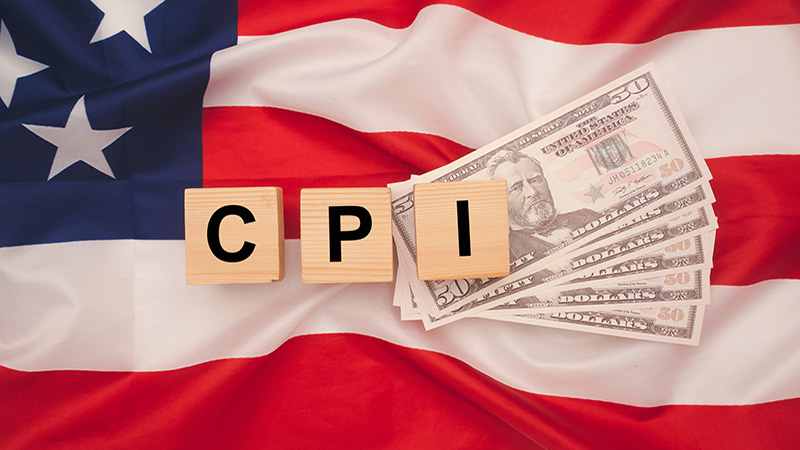The US CPI increased by 2.4% in the year to September, coming in below August’s figure but above market expectations.
The figure arrives as markets attempt to anticipate the Fed’s rate cutting schedule for the next year, and determine whether the US is headed for a soft landing. In September, the Federal Reserve cut rates for the first time in four years, by 50 basis points, exciting markets for what could lie ahead. Last week, US non-farm payrolls outperformed expectations, adding 254,000 in September, above the consensus 140,000.
On a monthly basis, CPI rose 0.2% for September, the same level as July and August. Food, however, rose 0.4% for the month, compared to 0.1% in July and August. Energy continued its August trend of deflation, for September decreasing by 1.8%.
Neil Birrell, chief investment officer at Premier Miton Investors, said: “It’s hard to know if it’s US jobs data or CPI that is more important overall, but today it’s undoubtedly the CPI as it came in a little higher than expected, particularly core inflation. However, this shouldn’t be enough to worry markets or indeed the Fed. Although there’s more data to be released before the next Fed meeting, this will probably firm up views that a 0.25% cut is appropriate. As we know, one rogue number can get people worried or excited in equal measure, but there’s nothing to do that today.”
See also: How aligned is the Fed Committee on rate cuts?
Even among the Federal Reserve Committee, there is no strong consensus on the path of rate cuts to the end of 2025. While the forecast sits between 3% and 3.25%, just six of the 19 committee members put their dot plot estimates in this range.
Richard Flynn, managing director at Charles Schwab UK, also felt the current trend of figures created a comfortable environment to continue cuts, but warned against too much push for another 50 bps cut.
“Today’s figures show that the rate of inflation in September was lower than in August, indicating that inflation is marching steadily towards the Fed’s 2% target. If the pattern of retreating price increases and robust economic data continues in the coming weeks, the Fed will likely feel comfortable to continue cutting interest rates at its November meeting, but by how much remains to be seen,” Flynn said.
“The market reacted negatively to recent indications from policymakers that the next cut would be 0.25%, however, history tells us that consecutive dramatic rate cuts tend to come about when the economy is in distress, so while we expect a cut next month, investors may be wise to hope for a gradual drop.”
Daniele Antonucci, chief investment officer at Quintet Private Bank, agreed that another large rate cut seems unlikely, but said the recent data implies “any normalisation is likely to happen in an uneven fashion”.
“Positive but slower growth over the next 6-12 months remains our base case. Recently, economic momentum has weakened across a number of key regions. In the US, despite the occasional rebound and upside surprises, such as last Friday, job creation has generally been slowing, and the unemployment rate has risen in recent months, with job openings also continuing to moderate. While other parts of the economy, including the vast services sector, look more resilient, a less buoyant labour market and manufacturing weakness were one of the key fundamental triggers of the volatility spike this summer,” Antonucci said.
“As a result, while we previously thought that there was a 20% probability of a recession over the next 12 months, we now estimate it to be 30%. The silver lining is that we’re also revising our central bank forecasts. We now expect more interest rate cuts. We think the Fed will cut rates by a full one and a half percentage points between now and the end of 2025, with two quarter-point cuts in November and December.”
He added: “Slowing economy [but no recession] and more central bank rate cuts have two main market implications. First, bond yields will likely continue to trend down, though in an uneven fashion [spiking briefly when data turn out stronger than expected and then declining again]. Second, the US dollar looks set to weaken further, again assuming that geopolitical risks remain contained. A moderate dollar weakness has been one of our key currency calls in 2024. With more Fed rate cuts and prospects of wider budget deficits regardless of the outcome of the US election, combined with expensive valuations, further dollar weakness is on the cards.”










